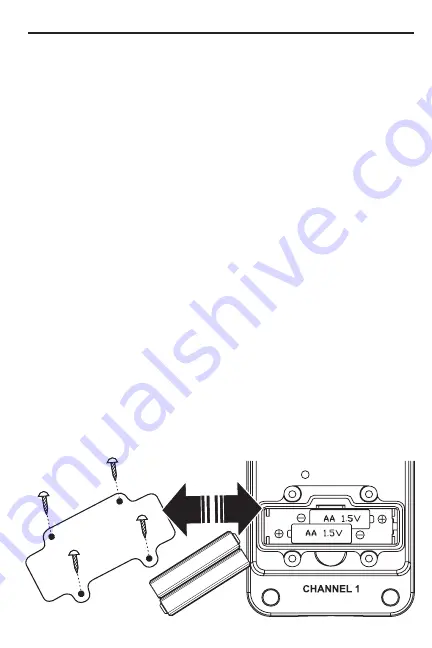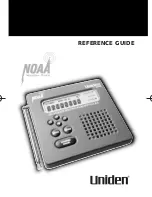
8
Selecting and Testing a Location for the Remote Wind Gauge Sensor
The Wind Gauge Sensor can measure temperature, relative humidity,
and wind speed and direction. It will then transmit these readings back
to the home receiver unit, up to a distance of 200 feet.
Before mounting the remote Wind Gauge Sensor, measure the
distance between the monitor and the sensor to be sure they are
within an effective transmission range (within 200 feet), and that there
are no physical obstructions between the units (such as a shed or trees)
that might block transmission signals. The Wind Gauge Sensor should
not be blocked by anything on the top or sides, so that wind can freely
reach the Sensor for accurate speed and direction reading.
Note:
The effective range is vastly affected by the building materials
and where the receiver and remote units are positioned. Try various set
ups for the best results. Shorten the distance between receiver and
remote units when necessary.
Important: Though the remote unit is weather-resistant, it
should never be submerged in water.
It is recommended to perform a transmission test before permanently
mounting the remote Wind Gauge Sensor unit, in case it needs to be
moved. To test that the monitor can receive the remote sensor's
transmissions:
1.
First install batteries into the home receiver unit, as described in the
previous section.
2.
To install the Wind Gauge Sensor's batteries, first remove the 4
screws that secure the battery compartment cover (located on the
top of the base) and then remove the cover.
3.
Insert 2 AA batteries as indicated by the polarity symbols marked
inside the battery compartment.
PLEASE NOTE:
Lithium batteries
are recommended, as they will last longer and thus will not
need to be replaced as often as alkaline batteries.
Wind Gauge Sensor
'AA
'
'AA
'



































